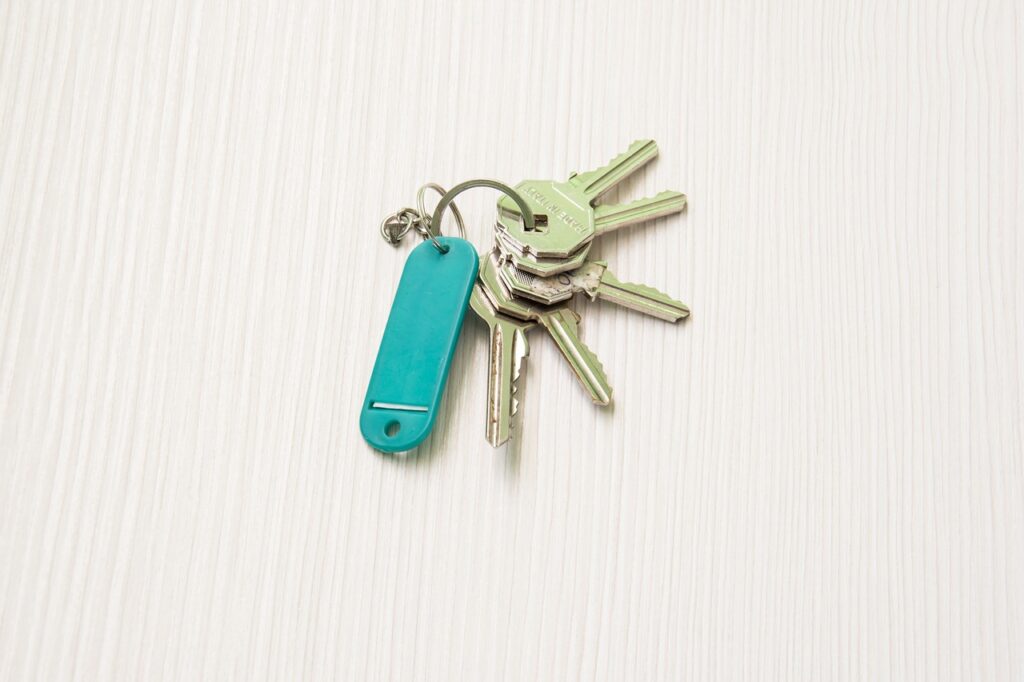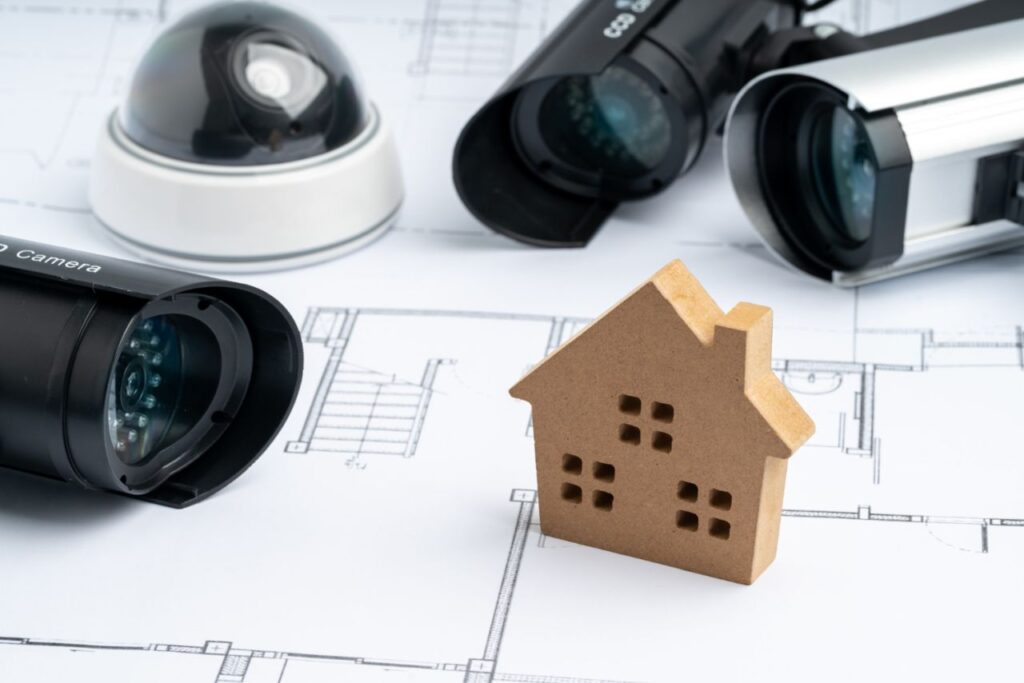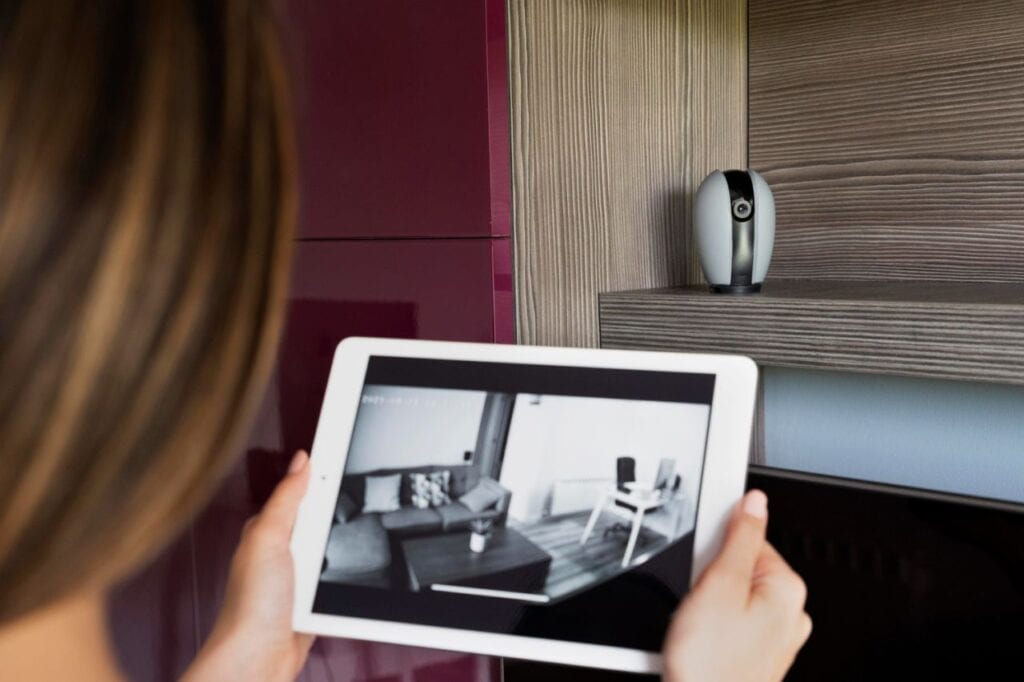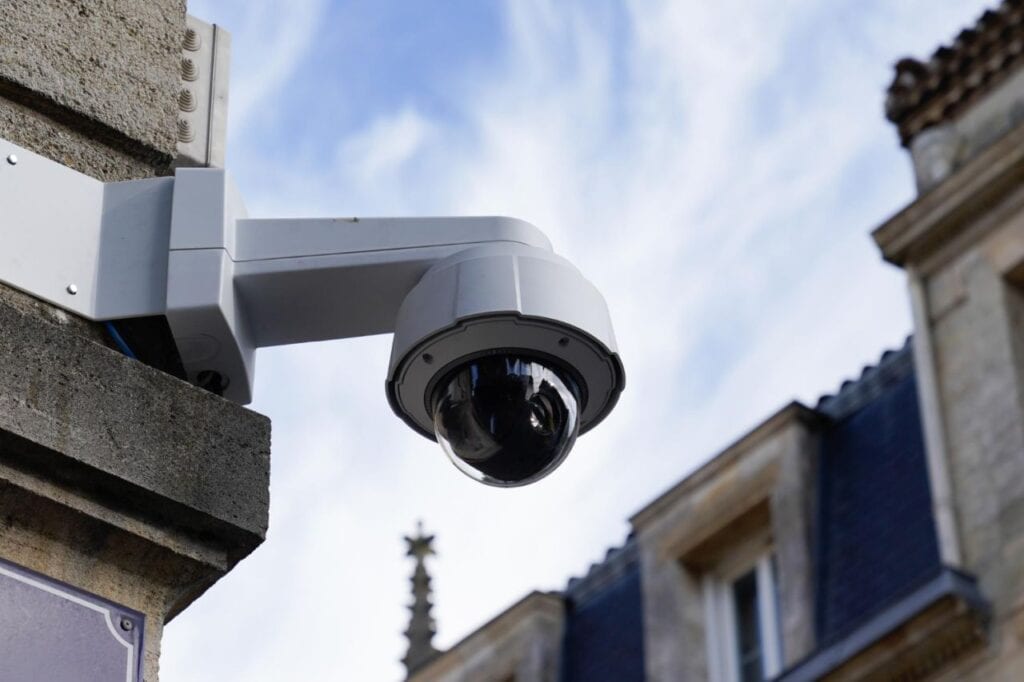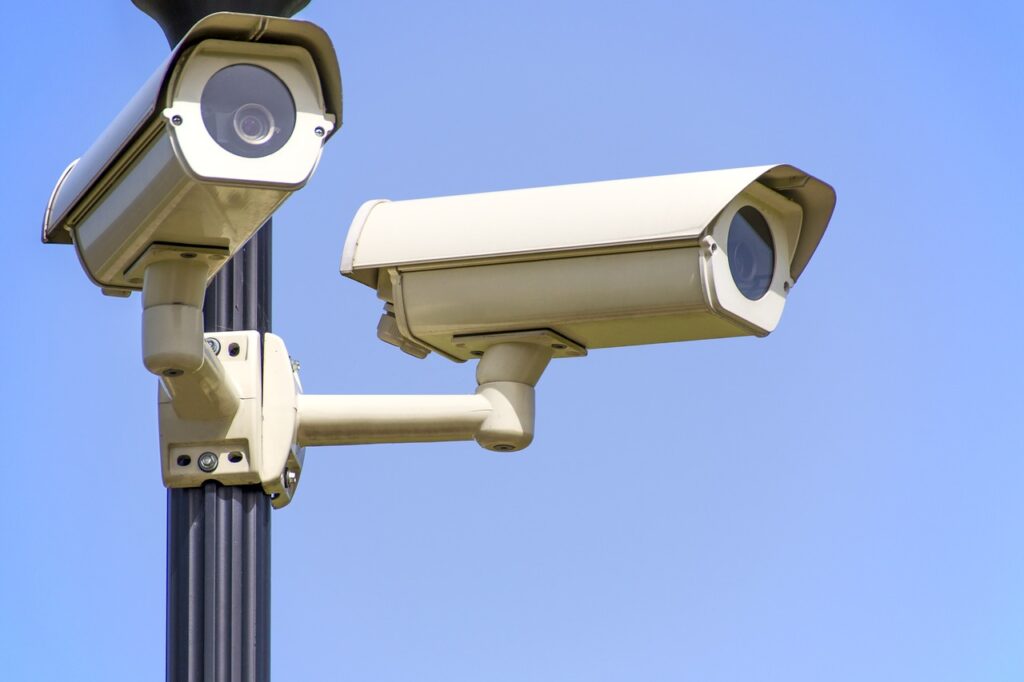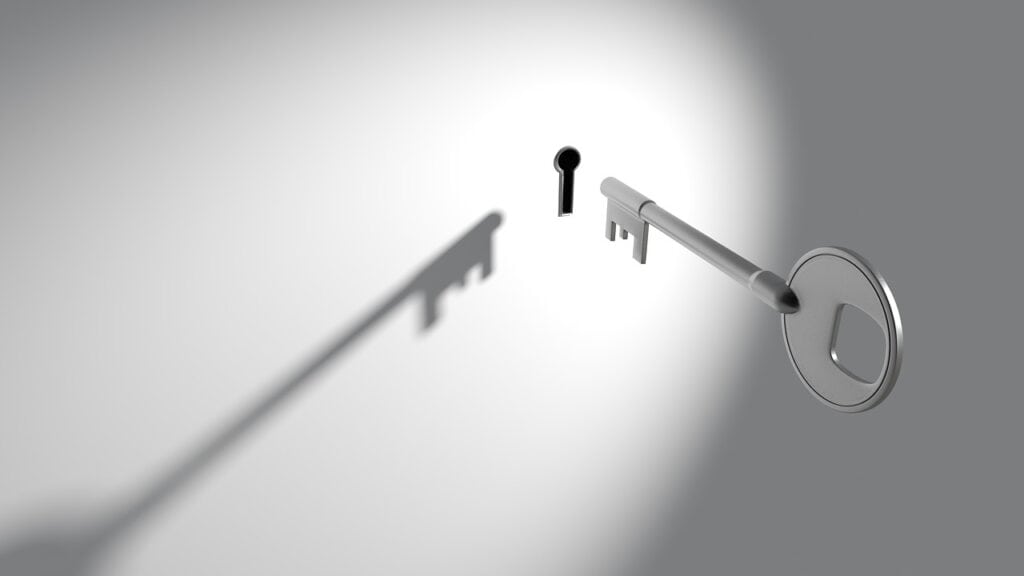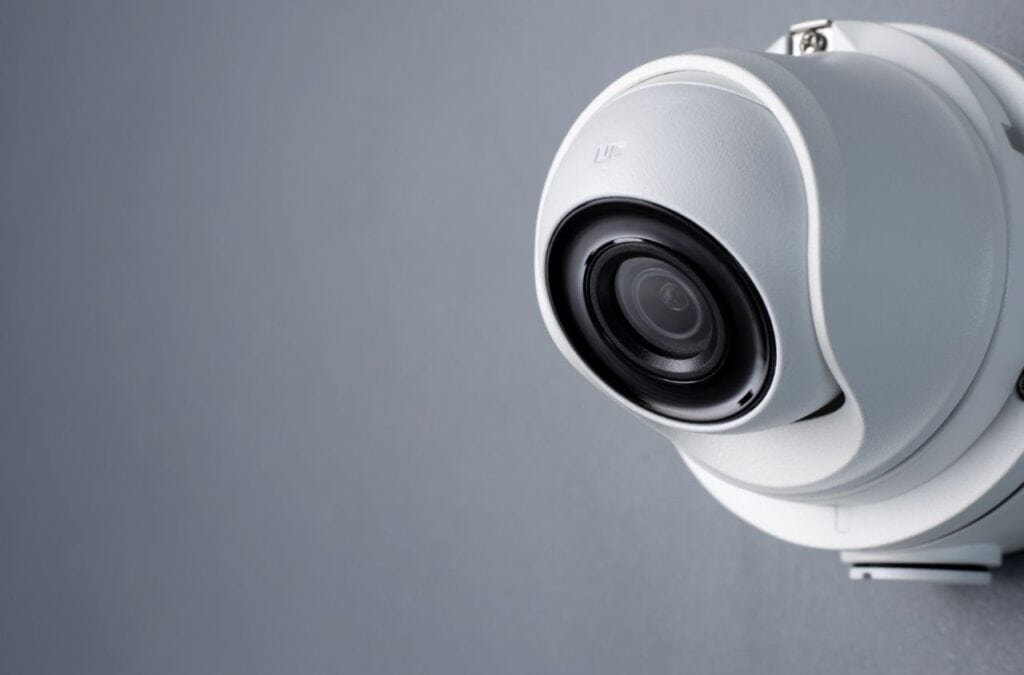A DVR recorder or an NVR recorder? That is the question you'll have to answer if you're in the market for a new security system. Whether you're brand new to DIY security or have years of expertise under your belt, you could find yourself asking what the differences are between NVR and DVR systems.
Can you explain such terms as POE and CCTV? To begin, which choice most closely meets your needs for security and protection? The two types of systems are both effective in their intended purpose, but they employ different methods and cameras to do it.
The difference between a digital video recorder (DVR) and a network video recorder (NVR) is critical knowledge when comparing security solutions. So that you may make an informed decision, the security specialists at our firm have compared the two approaches and outlined their respective advantages and disadvantages in the following article.
What Is A DVR?
Once you've located a place to plug in your digital video recorder (DVR) and linked your cameras to it, you can begin recording. Through its LAN port on the rear, the recorder may be linked to a network, allowing for remote access and streaming. This article will help you make a decision about Melbourne home & business video intercom systems. Here at Defend Security Group, we’re committed!
Some DVR devices even include IP input capability. Since it has two IP inputs, a PoE switch expansion, and eight analogue connections, this device can record a total of 10 channels. The many integrated connections make this a very adaptable choice.
What Is An NVR?
The connections are the most noticeable difference between the two devices' rear sides. The NVR system does not have video input ports since it does not accept raw video inputs but rather receives video broadcasts over the network. This is why the NVR system has no provision for video input connections.
The network video recorder (NVR) may be connected to the network in two different ways: either via its built-in LAN connector or through the PoE switch on its rear, which allows for the connection of several cameras over a single Ethernet cable.
Some NVRs don't have Power over Ethernet (PoE) switches on the rear, but for those that do, that switch is the NVR's own private network. The cameras you attach to the NVR will all be on the same network regardless of whether or not the NVR itself is linked to the exact network as the rest of your PCs.
There is no way to see the footage or your cameras remotely since this network is completely autonomous. Instead, you may use the LAN connection to view the stream from another location.
Frequently Asked Questions About NVR
The difference between DVR and NVR security systems is the cost, how the data is transmitted, and the type of cameras involved. NVR systems tend to have better picture quality, as well as easier installation, increased flexibility, and native support for audio on every camera that has a microphone
The need for an NVR in typical IP camera setups presents some critical downsides regarding costs, reliability, and complexity. The more components in a system, the more expensive that system is to maintain and update over time.
CCTV Cameras typically cost from $100 to $300 for domestic installation and $300+ for a commercial installation.
Video surveillance systems have become an important requisite at the commercial and residential levels. They play a vital role in several critical and domestic applications to deter and prevent crime and keep a given area secure.
Many businesses even now refuse to implement a video surveillance system in and around the location. However, it is essential in recent times to ensure employees' the overall safety and security, the privacy of data, the safety of possessions, and many more aspects.
Therefore, a video surveillance system is a keystone for running a safe and secure business.
With various security systems out there, it is crucial to choose the right system for your business, with the right type of camera and related equipment. Network video recorder (NVR) and digital video recorder (DVR) are the two types of video surveillance systems commonly in use today.
Both the systems have gained acceptance owing to their beneficial features, but this largely depends on your application requirements. Regardless of the type of system you choose, it is quite difficult to deny the growing interest in these devices. This post discusses the NVR and DVR systems in detail.
Yes, wireless security systems are secure from both physical and digital attacks. For example, burglars can't disable wireless systems by cutting landlines since there are no wires. In addition, inclement weather doesn't affect most wireless systems, especially if you have a cellular backup.
As for cyberattacks such as hacking, the chances of those happening to your security system are extremely low. Multiple studies have shown that burglars prefer conventional break-in methods, like cutting landlines or smashing control panels, over advanced and highly technical methods such as hacking.
NVR Versus DVR System – What Is The Difference?
Network video recorders (NVRs) and digital video recorders (DVRs) have a common ability to record video. But they employ different techniques to capture the film. The NVR system encrypts data at the camera, analyses it, and then transmits it to the recorder so it may be stored and viewed remotely. When using a DVR system, on the other hand, processing occurs in the recorder itself.
Each system has its own unique method of data processing. This needs a wide selection of cameras. Digital video recorders are used in almost all surveillance systems, whereas network video recorders (NVRs) are linked to IP cameras. In particular, a DVR-based surveillance system is always a wired security system, but an NVR-based system may be either wired or wireless.
Digital video recorders (DVRs) and network video recorders (NVRs) serve essentially the same purpose, which is to record video (DVRs). Digital video recorder (abbreviated as DVR) and network video recorder (abbreviated as NVR) are both types of video recording devices. Differences between NVRs and DVRs may be seen in the method in which the video data is processed.
Data from the cameras in a DVR system must be processed by the recorder. However, NVR systems encrypt and analyse the video data right at the camera, eliminating the need for a central server. The data is then transmitted to the NVR recorder, where it is stored and may be viewed remotely after being further encoded and processed.
DVRs and NVRs need different cameras because of their differences in video processing. Most network video recorders (NVRs) are used with IP (Internet Protocol) cameras, whereas digital video recorders (DVRs) are commonly used with analogue cameras. Know that a DVR-based security system requires hardwiring, whereas an NVR-based system may be either wired or wireless.
NVR Systems – Basics, Components, And Benefits
Network video recorders (NVRs) are computers that are hooked up to a network and run special software to digitally record video into a variety of storage media. Disk drives, USB flash drives, SD memory cards, and many more may all be used as data storage devices. A Power over Ethernet (POE) security camera system is the term most people will use to describe it.
It is more flexible than DVR recording solutions. The following items are required to construct an NVR system.

IP Camera
Since the NVR system's cameras analyse the video data in-camera as opposed to in the recorder, they are far more dependable than their DVR counterparts. This is because NVRs employ IP cameras, which are decentralised image capture devices.
IP cameras include a chipset that allows them to process video data and deliver it to a recorder.
Unlike its analogue predecessors, IP cameras can often record and transmit audio and video simultaneously. Due to their superior hardware, IP cameras can do more advanced video analytics and smart functions, such as face recognition. Worrying about your home’s security? Then Defend Security Group home security Melbourne is the right choice!
IP cameras, which may function autonomously, are used in the NVR system to record footage.
It is possible to modify the video data acquired by these cameras before sending it to the recorder. IP cameras are trustworthy and can capture and transmit video and sound. To top it all off, these cameras have state-of-the-art technology that enhances cognitive video analytics like facial and licence plate recognition.
Ethernet Cables
The NVR system uses common Ethernet connections like Cat5e and Cat6 to link the cameras to the recorder. They're bulkier and less flexible than coaxial cables, making installation more of a challenge, but they're cheaper and more widely accessible and don't need special tools.
NVR systems, like DVR systems, include a connection between the camera and the recorder.
However, they use a totally different connection mechanism between the camera and the recorder. NVR systems rely on regular Ethernet connections like cat5e and cat6 to transmit data. Ethernet connections offer many benefits over coaxial cables, making them the cable of choice for experts.
- The camera is powered by Power over Ethernet (PoE), which is sent across the network wire. As a result, you won't need bulky splitters like those found in a DVR system to capture video and audio and power the camera; all you'll need is a single wire.
- When compared to other forms of wire, Ethernet is easier to route and terminate since its thin profile and tiny connection need fewer holes being drilled.
- The cost and availability of Ethernet make it preferable to coaxial cable for replacing cables or adding new ones. Ethernet wiring is becoming standard in newly constructed houses and businesses, simplifying the installation process.
- One other benefit of utilising Ethernet connection is that it enables all of the cameras in the system to broadcast and receive audio.
- Each camera doesn't have to be hardwired to the DVR. They must share the same wireless network connection. The elimination of the need for several cables makes for a cleaner and less complicated installation process.
- Ethernet cables can only be 100 metres (328 feet) long at most, but network switches may increase that by a significant amount without decreasing video quality.
Recorder
The NVR's only function is to capture video and make it accessible to authorised users. No video data is processed by the system.
The recorder in a networked video recorder (NVR) system does not perform the same operations on video data as a conventional digital video recorder (DVR). This is completed in the camera before being sent. NVR recorders are solely used to store and play back the video after it has been recorded.
System Flexibility
In NVR systems, the security cameras may be placed in a variety of different locations and still function as intended since they are not required to be hardwired to the recorder. In contrast, IP cameras need nothing more than sharing the same network.
That's why it's feasible to link cameras in different parts of the globe to the same system. The cameras may then be examined in the context of the whole network.
Image & Audio Quality
Since NVR recorders get a clean digital signal from the cameras, the video quality is better than that of DVRs of the same resolution. The NVR can also capture audio from any camera with a mic thanks to the fact that sound can be sent across Ethernet connections.
Benefits Of NVR Systems
The following are some significant advantages of the NVR system:
- Better image quality
- More system flexibility
- Easy to install
DVR Systems – Basics, Components, And Benefits
A DVR is a recording device that uses digital technology to save footage for later playback. DVR systems provide this benefit, which is especially useful for household or small-scale uses that don't need remote access or data transmission over vast distances. One benefit of DVR systems is that they cost less than NVR systems, making them more affordable for the average consumer.
Analog Cameras
As previously stated, the DVR system employs analogue cameras. The camera, which transmits the data as an analogue signal to the recorder, is responsible for the video's processing. It's often more affordable to buy a DVR camera than an NVR.
Use of analogue security cameras, often known as CCTV cameras, is essential for a DVR system. A DVR system's primary cost-cutting measure is the camera itself. While a home security system's camera setup is completely customizable, DVRs are more limited in the kinds of cameras they can support.
In a DVR setup, the cameras deliver a constant stream of information to the recorder in the form of an analogue signal, which is then used to analyse the pictures. One advantage of this approach is that the camera may be simpler than in an NVR system.
Coaxial Cables
Coaxial wires connect the analogue camera to the DVR system. Data is eventually carried by coaxial cable, despite the fact that this form of cable may appear unimportant owing to its restrictions. There is no support for powered devices that share a coaxial cable connection.
Video data transmissions are all that the first cable can carry, thus a second cable is needed to carry the electrical signals. These wires are stiffer and broader than Ethernet cables, making installation harder. One further issue is that it's likely that regular coaxial cable can't transmit sound.
There may not seem to be any major ramifications associated with the usage of coaxial cable, but there are.
- Since the camera needs power and the coaxial cable doesn't provide it, two cables, one for power and one for video, are bundled together in a single jacket. The cable is severed at both ends to guarantee independent operation. Because of this, you should position your DVR recorder adjacent to a power source.
- Coaxial wires are large and inflexible, which may greatly complicate the installation process. Due of the coaxial cable's wider diameter as compared to the
- Network video recorder (NVR) Ethernet cables make it more challenging to run wires in tight places. Coaxial wires are often stiffer, which exacerbates this problem.
- However, if you already have coaxial connections on your property from an earlier security system, you may utilise them to hook up the new system.
- The standard coax cable cannot transmit sound. There has to be a comparable option that incorporates an RCA cable. Even if they are, a DVR only has so many audio input ports, thus only a subset of cameras can really record sound.
- When using a coaxial connection, the picture quality starts to diminish after around 300 feet (or 90 metres), limiting how far you can extend your security presence. Shorter distances will experience signal attenuation due to the lower grade cable.
AD Encoder
When a camera streams raw data, the DVR recorder relies heavily on an AD encoder to convert it into a video stream that can be seen. This means that in addition to the recorder, every camera in this surveillance system has to be linked to its own power source.
Recorder
In DVR recorders, a hardware device known as an AD encoder processes the raw data from the camera as it is broadcast. This chipset processes unprocessed data and creates readable video recordings. The criteria for recorders, another part of DVR systems, change from setup to set up.
In other words, a DVR system requires the user to physically connect each camera to the recorder. To the contrary, an NVR setup just requires all of the cameras to share a common network connection.
It's important to note that a DVR system's recorder is not also the cameras' power supply. A splitter that can both provide electricity to the cameras and allow them to operate is needed for each camera connection.
System Flexibility
DVR security systems, in contrast to its NVR equivalents, are more limited in the kinds of cameras that may be used and the ways in which they can be mounted.
Unlike DVR-based systems, which can only use wired security cameras, NVR-based systems could make use of both wired and wireless security cameras. Because each camera in a DVR system has its own power outlet and coaxial cable routeing may be more challenging in tight locations, the mounting options for these systems are less versatile.
Image & Audio Quality
DVR systems, as we have discussed, include cameras sending analogue video via coax cable to the recorder, with the recorder then doing any necessary image processing. Image quality in DVR systems is inferior to that of NVR systems due to the usage of an analogue transmission.
Most DVR recorders also feature a limited number of audio input ports, and coaxial cables were not meant to carry an audio signal in their native condition.
Benefits Of DVR Systems
The growing popularity of DVR systems may be attributed to their many advantages.
- Minimal bandwidth usage
- Signal stability
- Low cost
Which One Do You Need?
If you're looking for certain camera features, the gadget you buy is your best bet. When building a brand-new infrastructure, an NVR and IP system should be your top priorities because of their superior interoperability with future technologies.
They need less effort to set up and control, and the camera can do much of the necessary processing itself. Because an NVR system may be set up for wired or wireless operation, you will have a lot more options.
This system will be representative of more recent technology progress, and as such, will often have more advanced options. That's why it's usually more expensive than a DVR system. In terms of cost, analogue cameras compatible with DVRs are often more affordable than IP cameras compatible with NVRs for similar surveillance setups. In general, the cost of IP cameras that are compatible with NVRs is higher.
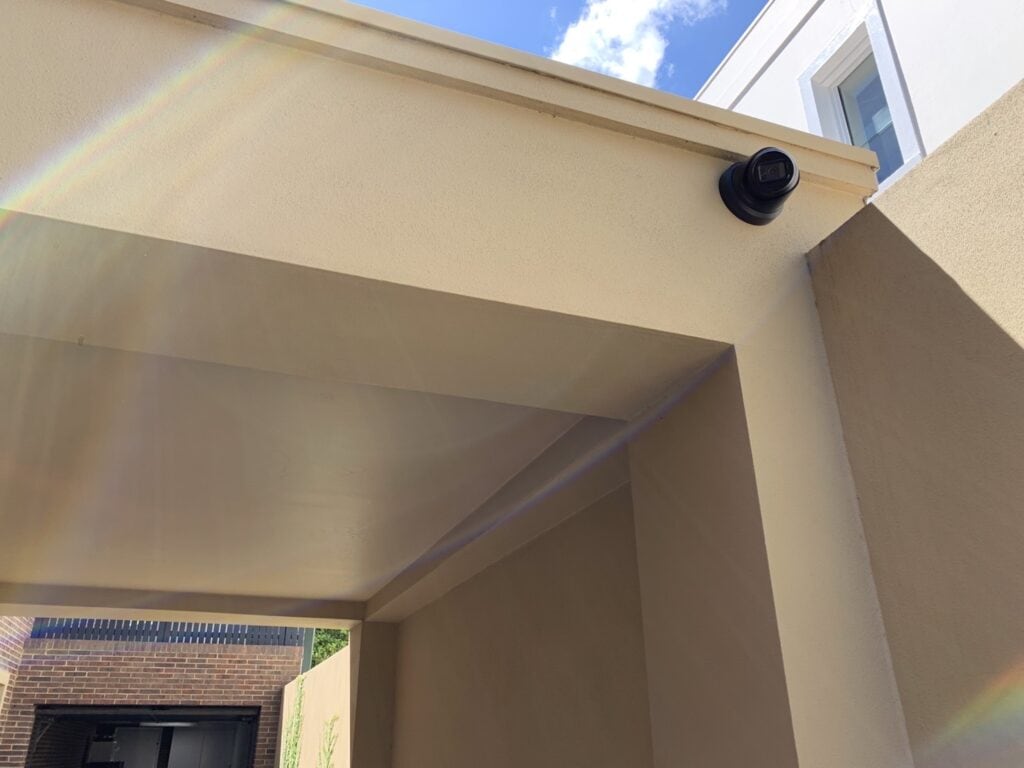
When comparing analogue and NVR systems, the quality gap used to be much larger but has now narrowed dramatically. The sharpness of your footage may suffer somewhat if you choose for an analogue configuration, but the cheaper price tag of an analogue camera and DVR system may make it the best option for your needs. DVR may also be preferable if you wish to improve upon a preexisting, older system.
The DVR system provides more options for hookups, so it's more likely to work with your current set-up.
The setup's wiring and configuration should be given some thought as well. A DVR system will always be hardwired and need a coaxial line, however an NVR system might be hardwired using Cat5e or Cat6a cable, or it could be wireless and linked through Wifi over the same local network. A DVR system, on the other hand, will always need a coaxial wire.
A digital video recorder (DVR) is a great addition to an existing system, particularly one that makes use of a pre existing infrastructure like a coaxial cable network across the property.
When starting from scratch and want a state-of-the-art system, an NVR installation is your best option. To the contrary, a DVR installation is ideal if you need a solution that is trustworthy, inexpensive, and easy to use.
Conclusion
The difference between a digital video recorder and a network video recorder (NVR) is critical knowledge when comparing security solutions. The NVR system does not have video input ports since it does not accept raw video inputs. This article will help you make a decision about Melbourne home & business video intercom systems. Network video recorders (NVRs) and DVRs have a common ability to record video. But they employ different techniques to capture the film.
NVRs encrypts data at the camera, analyses it, and then transmits it to the recorder so it may be stored and viewed remotely. A Power over Ethernet (POE) security camera system is the term most people will use to describe it. NVRs employ IP cameras, which are decentralised image capture devices. They use common Ethernet connections like Cat5e and Cat6 to link the cameras to the recorder. A networked video recorder (NVR) system does not perform the same operations on video data as a conventional digital video recorder.
NVR recorders are solely used to store and play back the video after it has been recorded. The elimination of the need for several cables makes for a cleaner and less complicated installation process. A DVR system's primary cost-cutting measure is the camera itself, which transmits the data as an analogue signal to the recorder. It's often more affordable to buy a DVR camera than an NVR. Coaxial cables are stiffer and broader than Ethernet cables, making installation harder.
A DVR system requires the user to physically connect each camera to the recorder. An NVR setup just requires all of the cameras to share a common network connection. Check this list of high-quality and affordable Melbourne CCTV to help you decide which product to choose for your home security. Most DVR recorders have a limited number of audio input ports, and coaxial cables were not meant to carry an audio signal in their native condition. When building a brand-new infrastructure, an NVR and IP system should be your top priorities because of their superior interoperability.
A digital video recorder (DVR) is a great addition to an existing system, particularly one that makes use of a pre existing infrastructure like a coaxial cable network across the property. An NVR system might be hardwired using Cat5e or Cat6a cable, or it could be wireless and linked through Wifi.
Content Summary
- A DVR recorder or an NVR recorder?
- That is the question you'll have to answer if you're in the market for a new security system.
- The two types of systems are both effective in their intended purpose, but they employ different methods and cameras to do it.
- The difference between a digital video recorder (DVR) and a network video recorder (NVR) is critical knowledge when comparing security solutions.
- So that you may make an informed decision, the security specialists at our firm have compared the two approaches and outlined their respective advantages and disadvantages in the following article.
- The network video recorder (NVR) may be connected to the network in two different ways: either via its built-in LAN connector or through the PoE switch on its rear, which allows for the connection of several cameras over a single Ethernet cable.
- The cameras you attach to the NVR will all be on the same network regardless of whether or not the NVR itself is linked to the exact network as the rest of your PCs.
- Network video recorders (NVRs) and digital video recorders (DVRs) have a common ability to record video.
- But they employ different techniques to capture the film.
- When using a DVR system, on the other hand, processing occurs in the recorder itself.
- Each system has its own unique method of data processing.
- Data from the cameras in a DVR system must be processed by the recorder.
- DVRs and NVRs need different cameras because of their differences in video processing.
- A Power over Ethernet (POE) security camera system is the term most people will use to describe it.
- IP cameras, which may function autonomously, are used in the NVR system to record footage.
- Ethernet Cables The NVR system uses common Ethernet connections like Cat5e and Cat6 to link the cameras to the recorder.
- One other benefit of utilising Ethernet connection is that it enables all of the cameras in the system to broadcast and receive audio.
- The recorder in a networked video recorder (NVR) system does not perform the same operations on video data as a conventional digital video recorder (DVR).
- Image & Audio Quality Since NVR recorders get a clean digital signal from the cameras, the video quality is better than that of DVRs of the same resolution.
- The NVR can also capture audio from any camera with a mic thanks to the fact that sound can be sent across Ethernet connections.
- Benefits Of NVR Systems The following are some significant advantages of the NVR system: Better image quality More system flexibility Easy to install DVR Systems – Basics, Components, And Benefits A DVR is a recording device that uses digital technology to save footage for later playback.
- As previously stated, the DVR system employs analogue cameras.
- The camera, which transmits the data as an analogue signal to the recorder, is responsible for the video's processing.
- Use of analogue security cameras, often known as CCTV cameras, is essential for a DVR system.
- Coaxial Cables Coaxial wires connect the analogue camera to the DVR system.
- Because of this, you should position your DVR recorder adjacent to a power source.
- This means that in addition to the recorder, every camera in this surveillance system has to be linked to its own power source.
- Check this list of high-quality and affordable Melbourne CCTV to help you decide which product to choose for your home security.
- It's important to note that a DVR system's recorder is not also the cameras' power supply.
- System Flexibility DVR security systems, in contrast to its NVR equivalents, are more limited in the kinds of cameras that may be used and the ways in which they can be mounted.
- Because each camera in a DVR system has its own power outlet and coaxial cable routeing may be more challenging in tight locations, the mounting options for these systems are less versatile.
- Image & Audio Quality DVR systems, as we have discussed, include cameras sending analogue video via coax cable to the recorder, with the recorder then doing any necessary image processing.
- Benefits Of DVR Systems The growing popularity of DVR systems may be attributed to their many advantages.
- If you're looking for certain camera features, the gadget you buy is your best bet.
- When building a brand-new infrastructure, an NVR and IP system should be your top priorities because of their superior interoperability with future technologies.
- That's why it's usually more expensive than a DVR system.
- In terms of cost, analogue cameras compatible with DVRs are often more affordable than IP cameras compatible with NVRs for similar surveillance setups.
- In general, the cost of IP cameras that are compatible with NVRs is higher.
- The sharpness of your footage may suffer somewhat if you choose for an analogue configuration, but the cheaper price tag of an analogue camera and DVR system may make it the best option for your needs.
- The setup's wiring and configuration should be given some thought as well.
- A DVR system, on the other hand, will always need a coaxial wire.
- A digital video recorder (DVR) is a great addition to an existing system, particularly one that makes use of a pre existing infrastructure like a coaxial cable network across the property.
- When starting from scratch and want a state-of-the-art system, an NVR installation is your best option.
- To the contrary, a DVR installation is ideal if you need a solution that is trustworthy, inexpensive, and easy to use.






